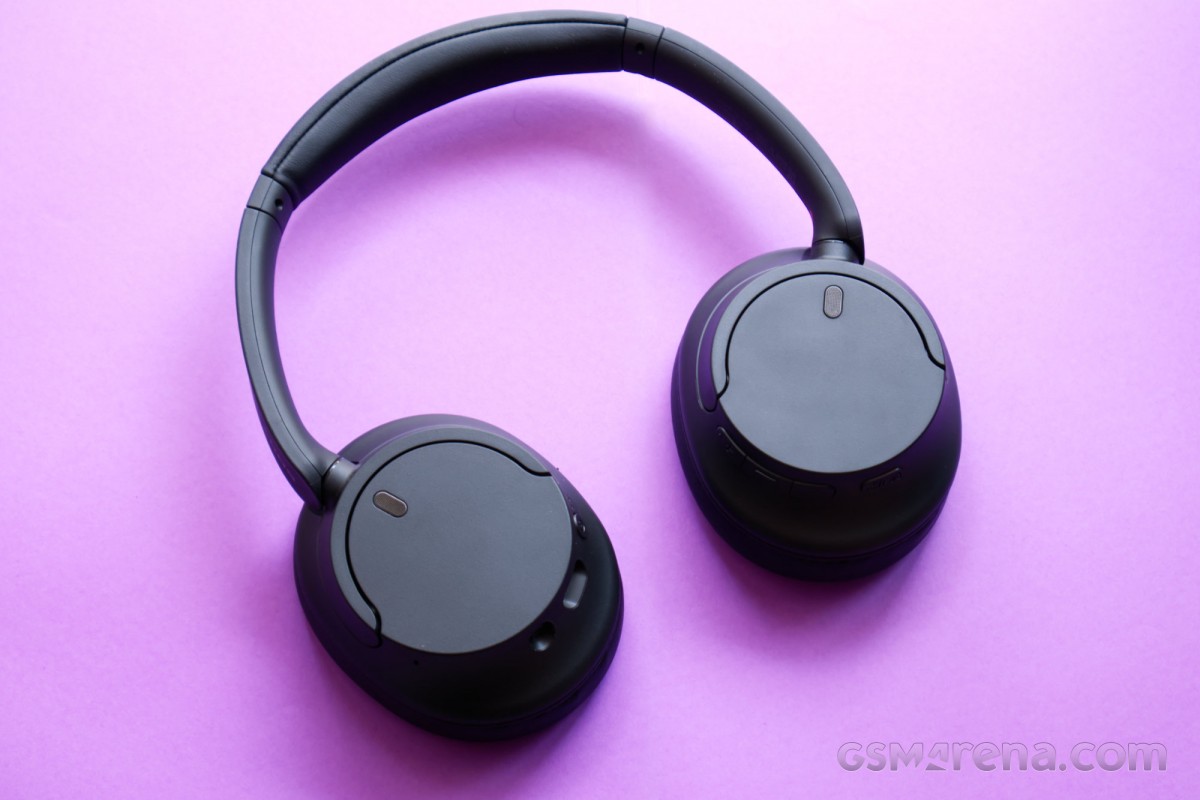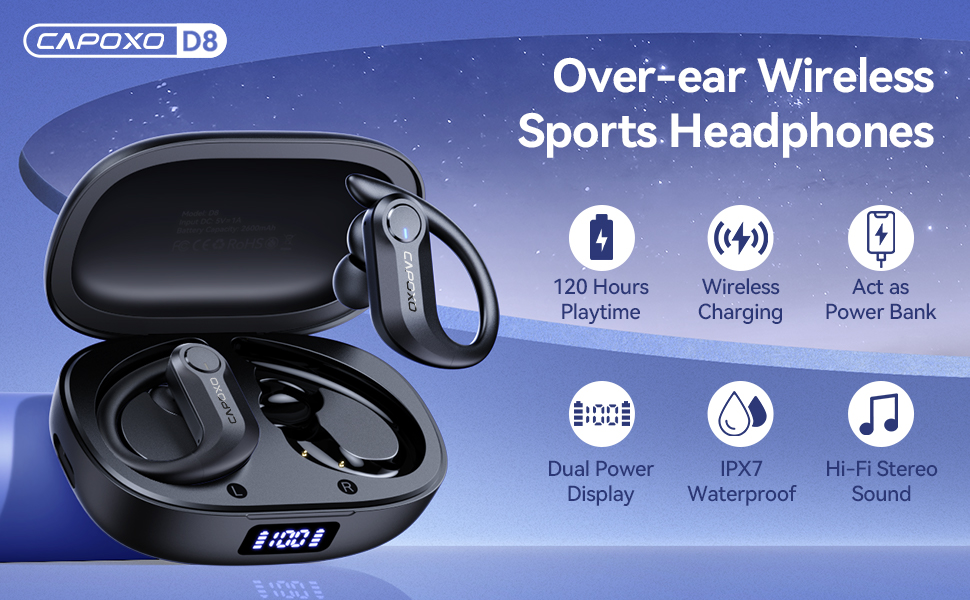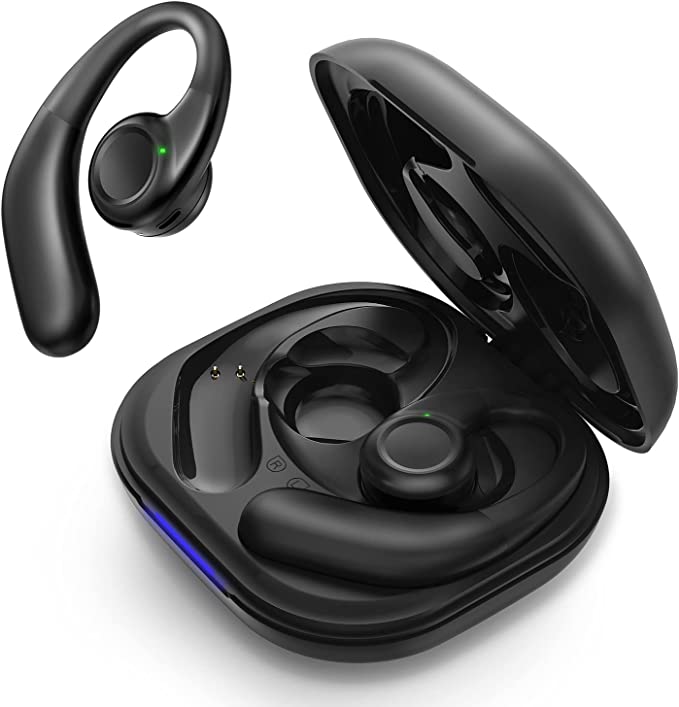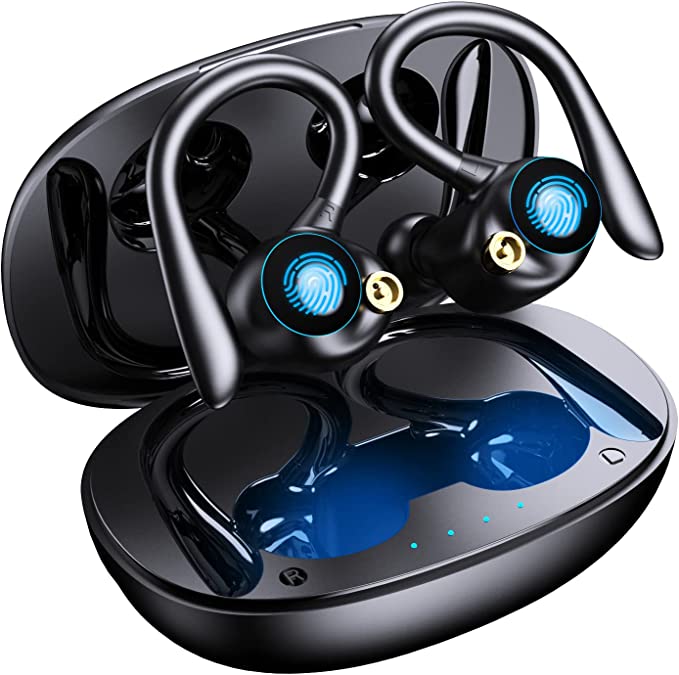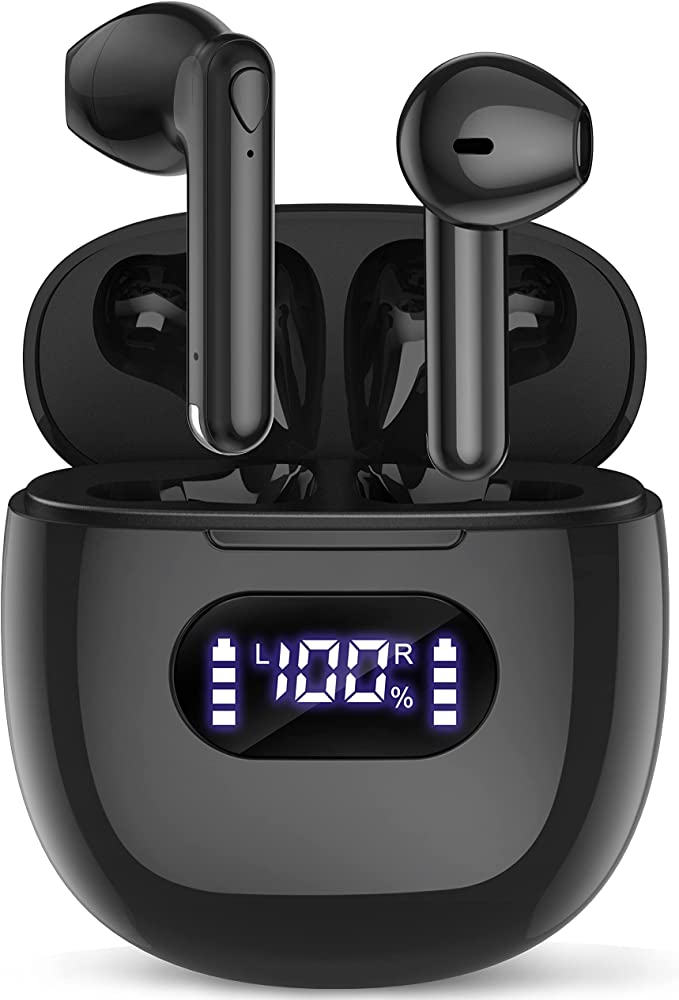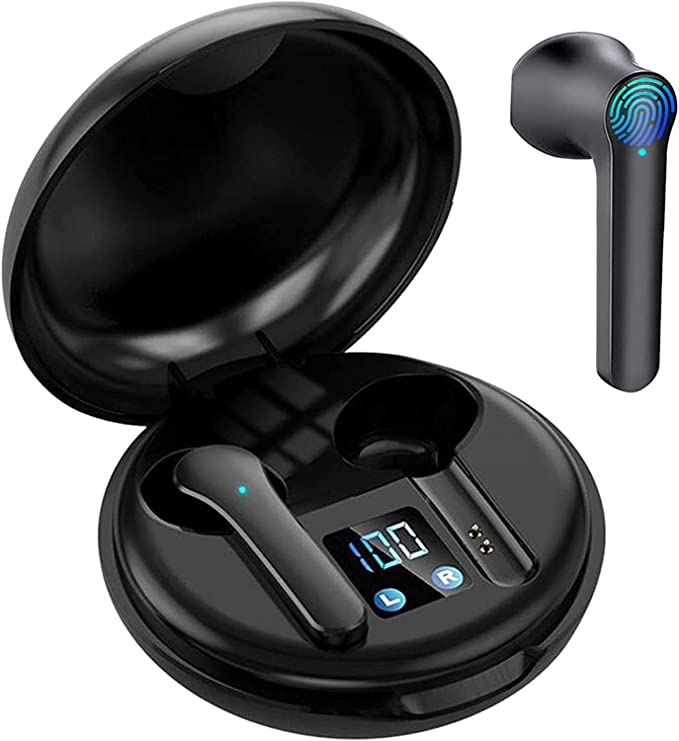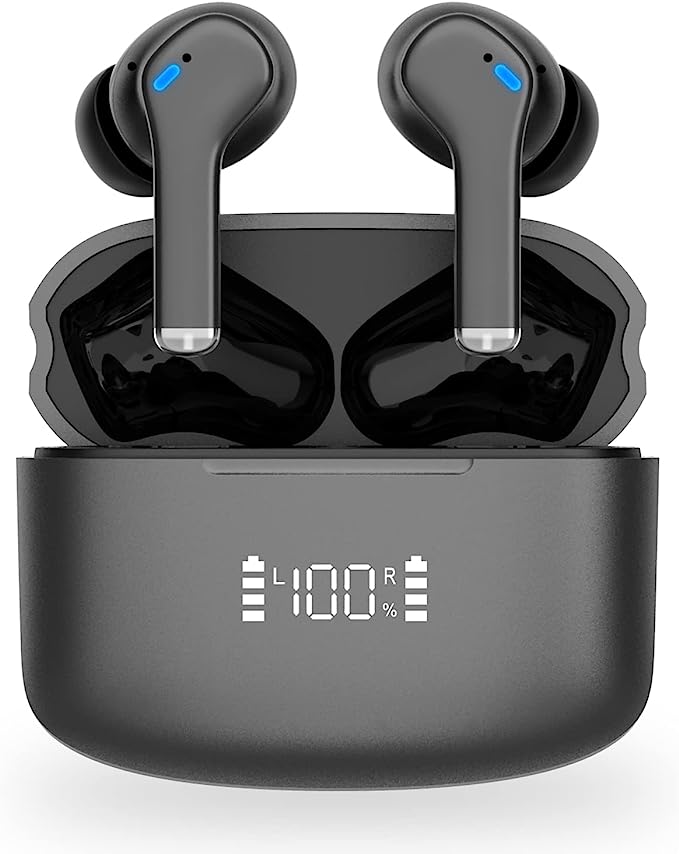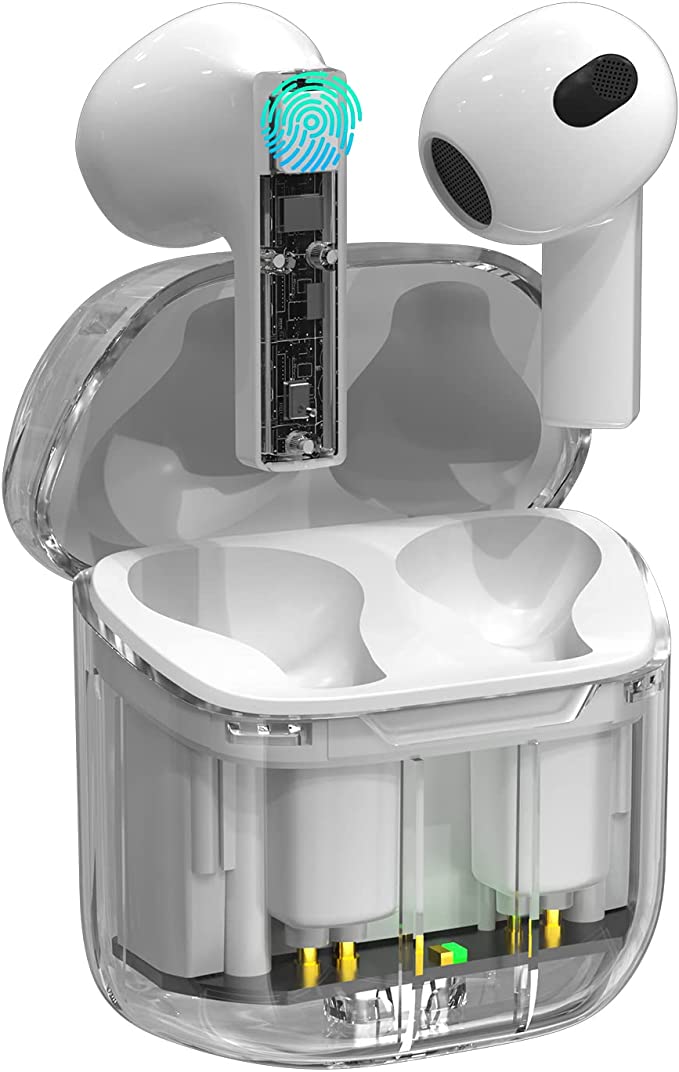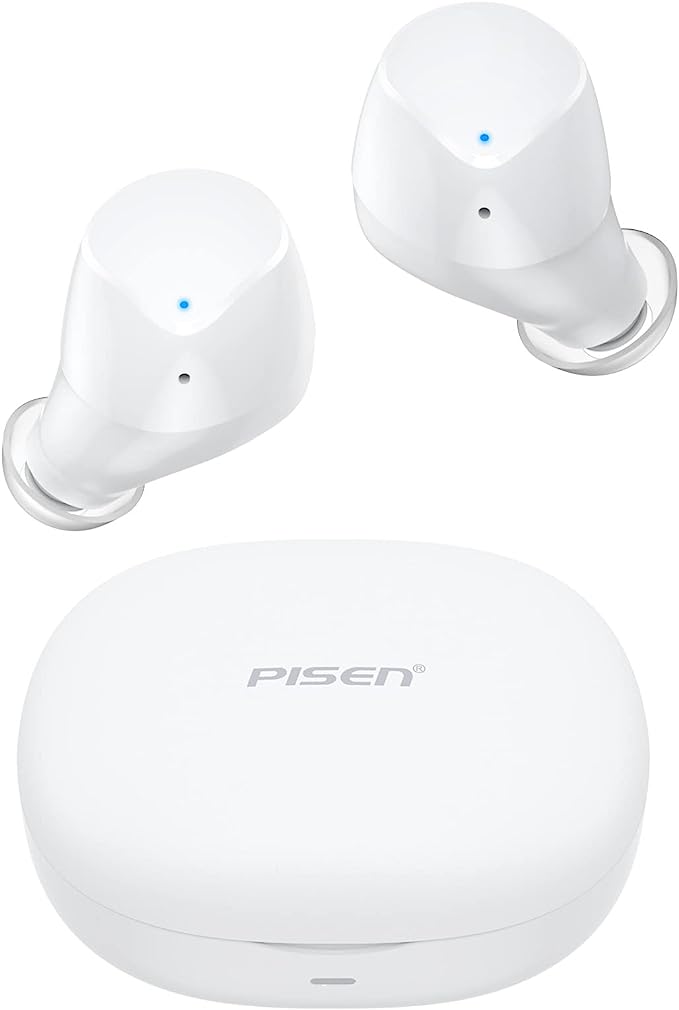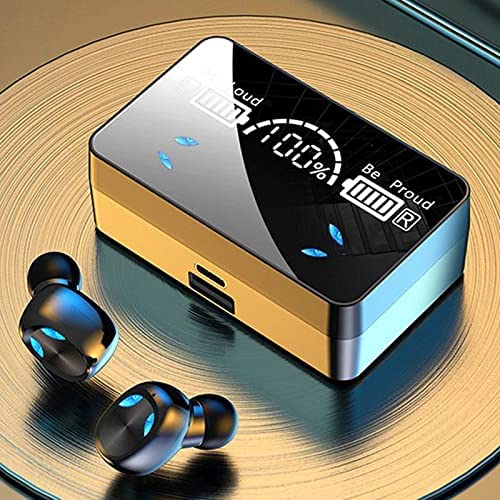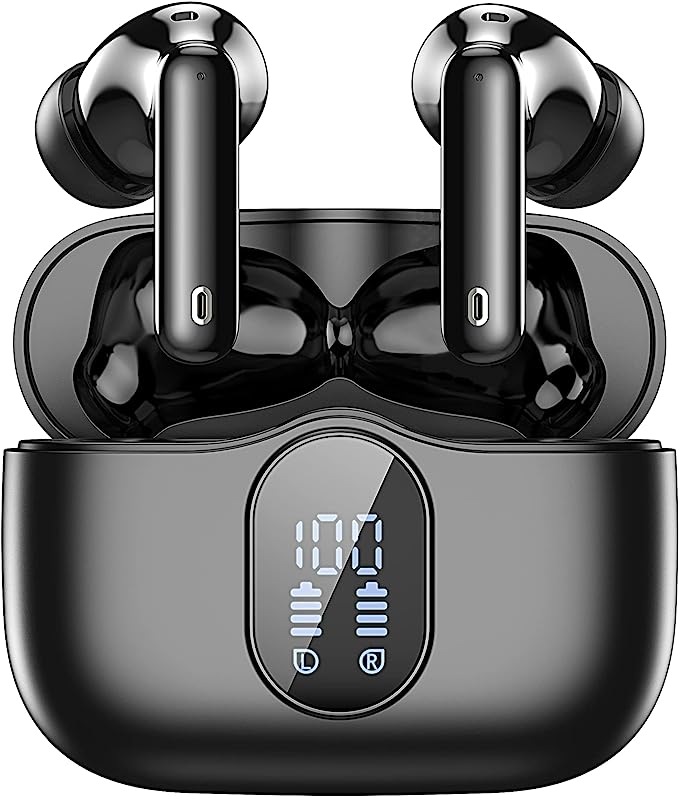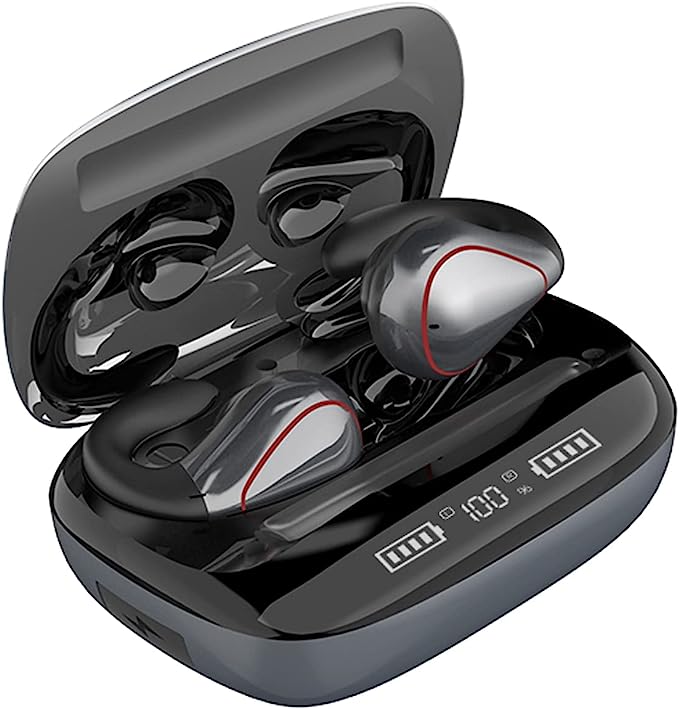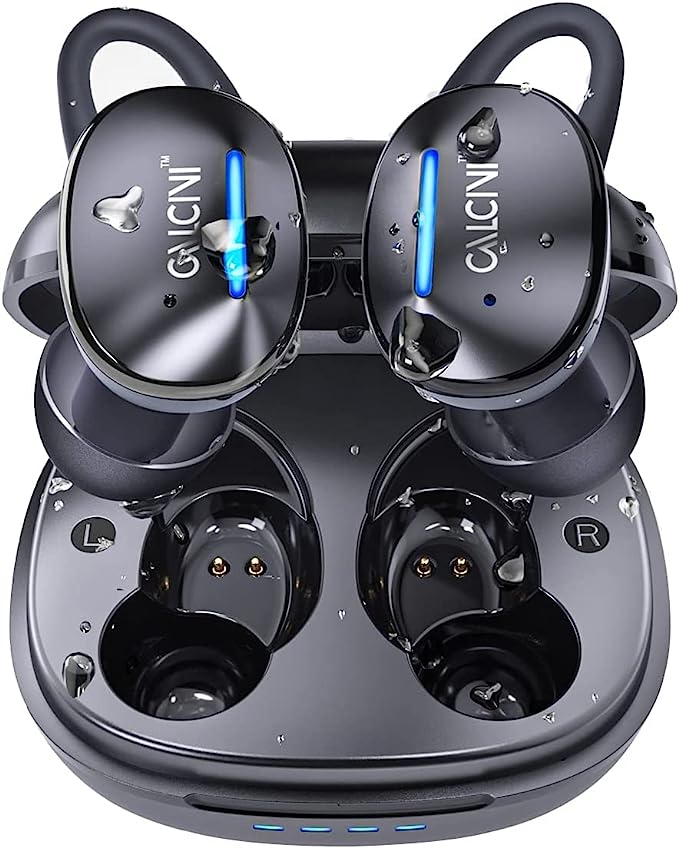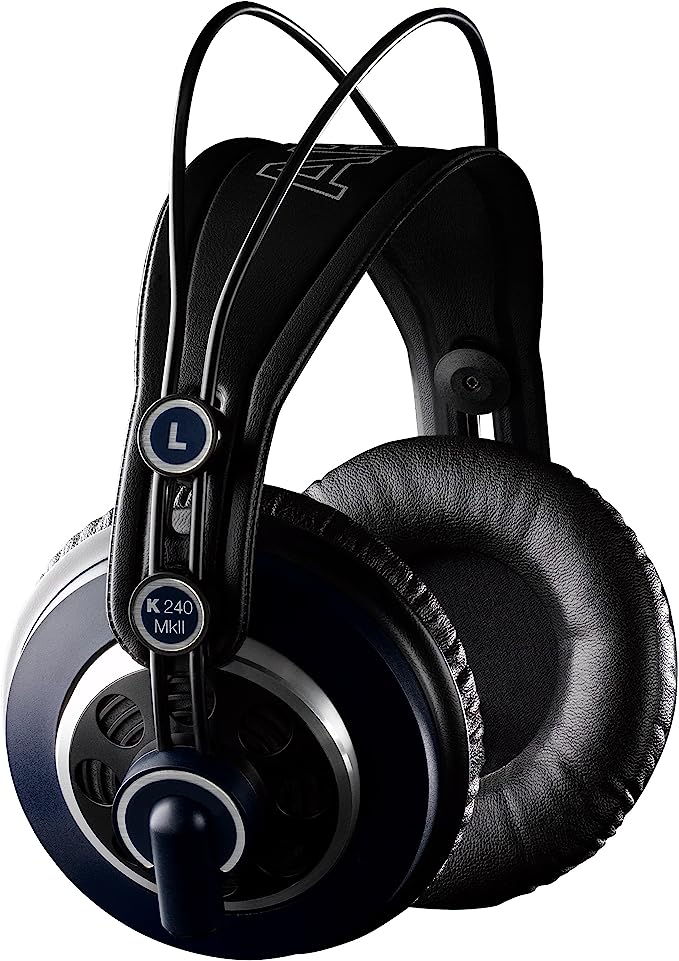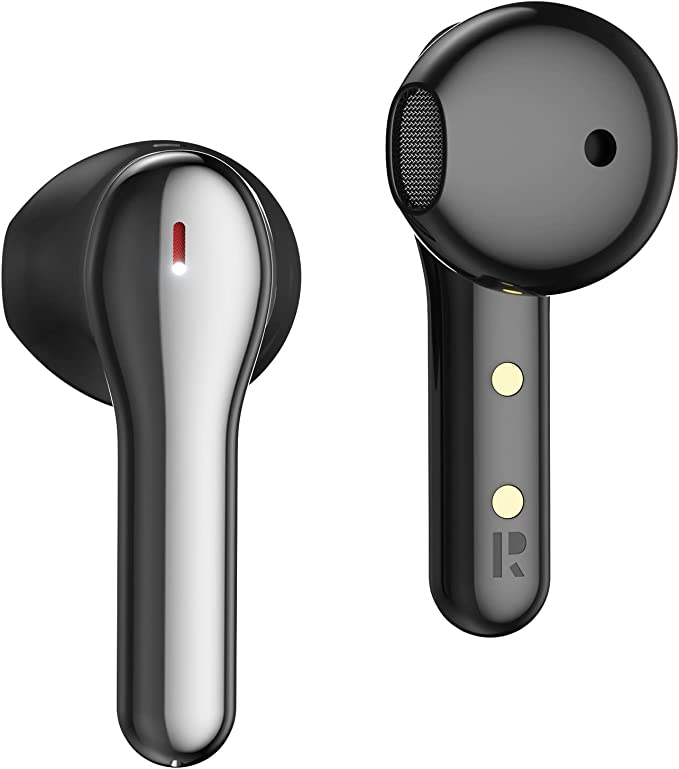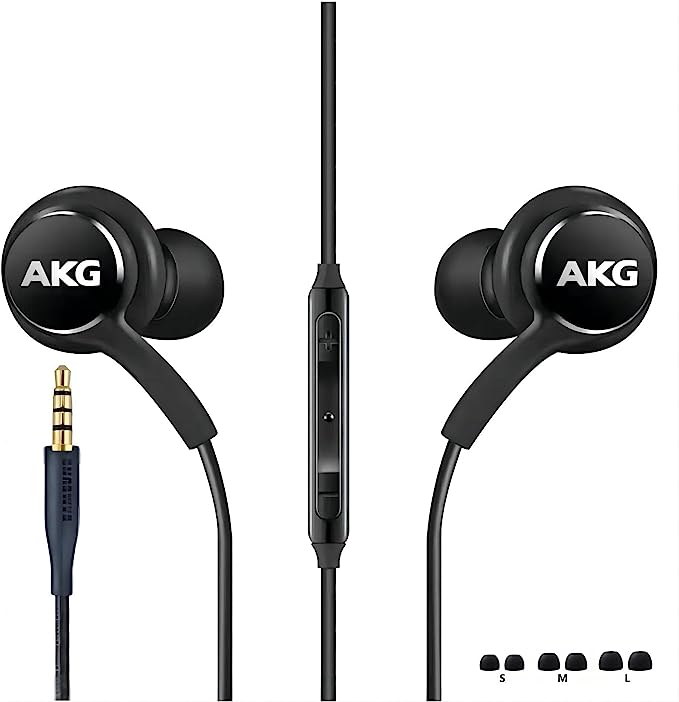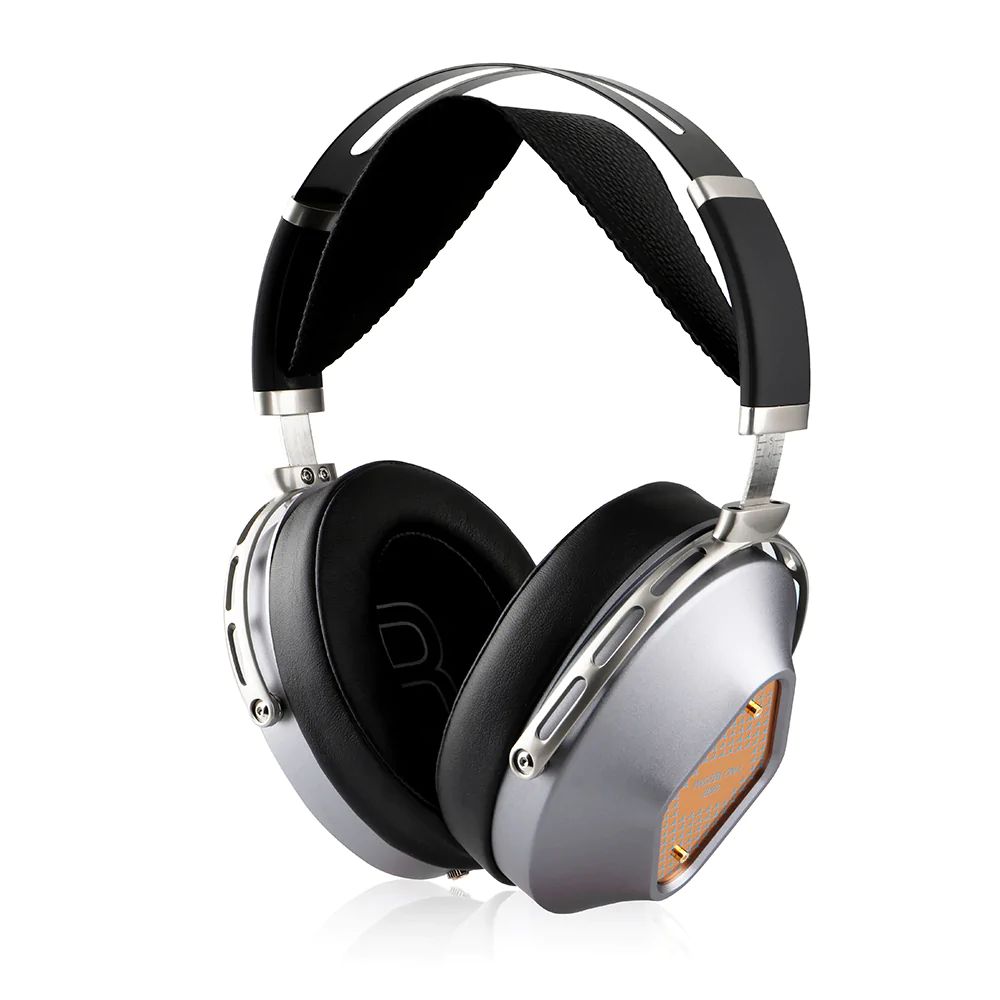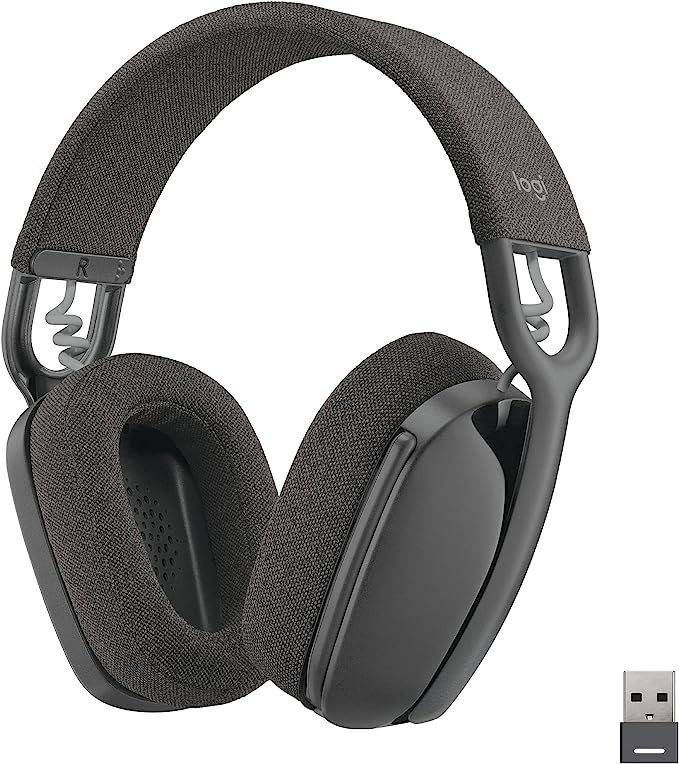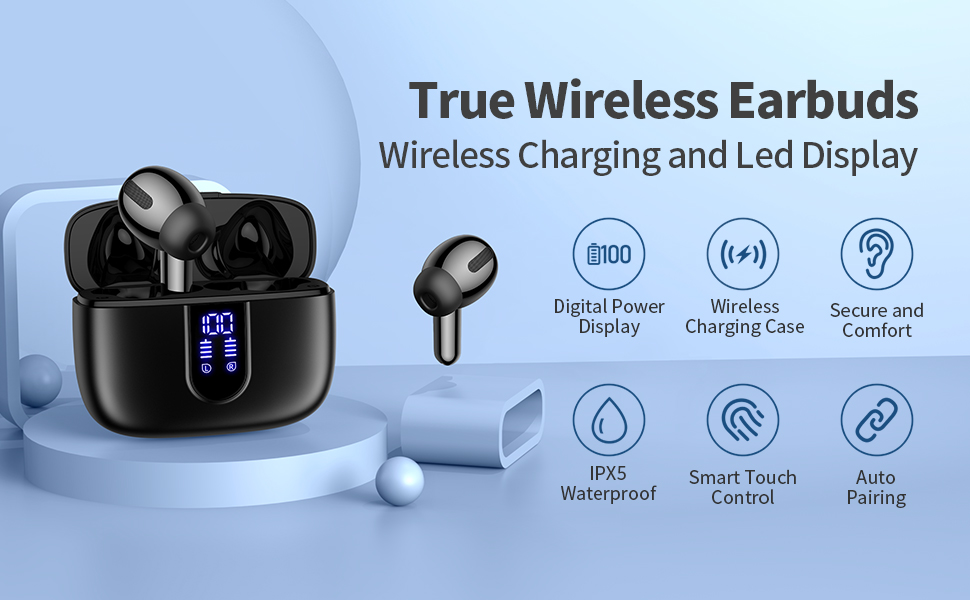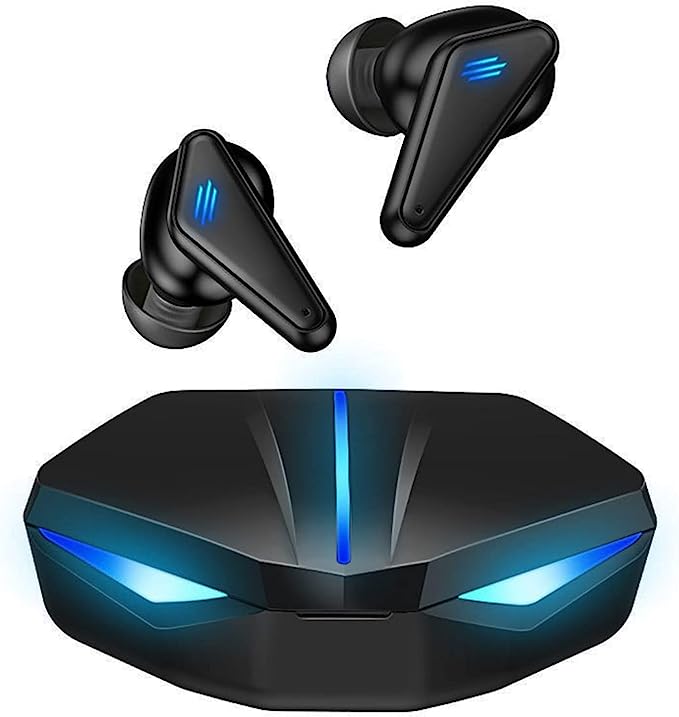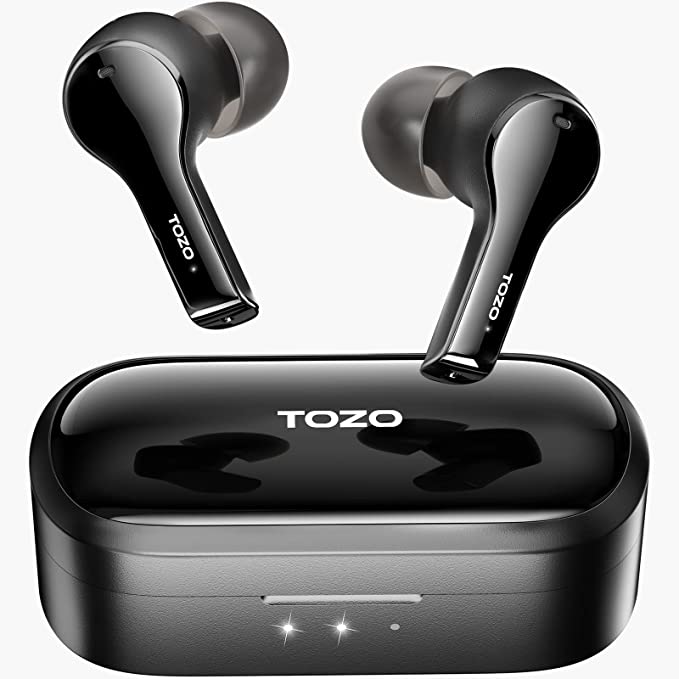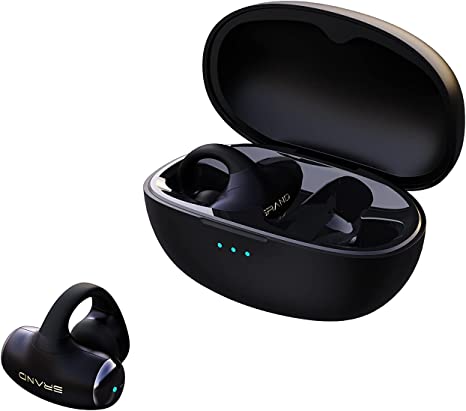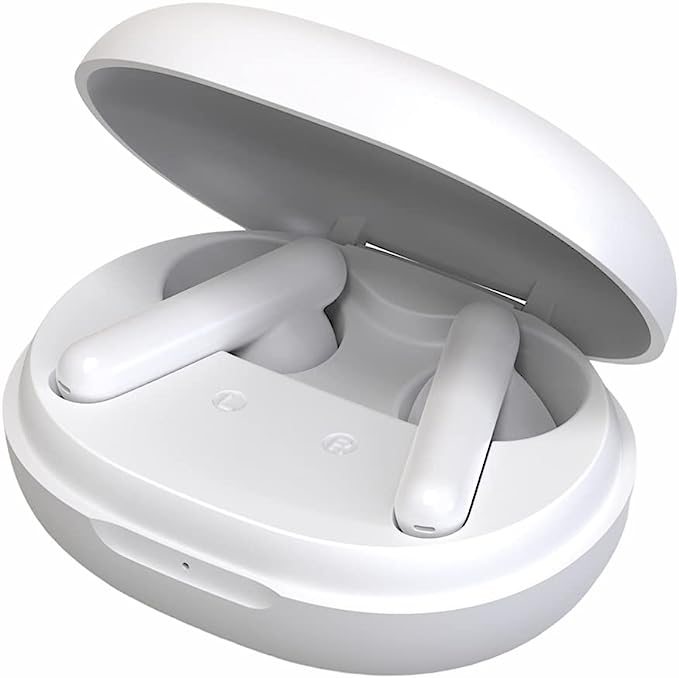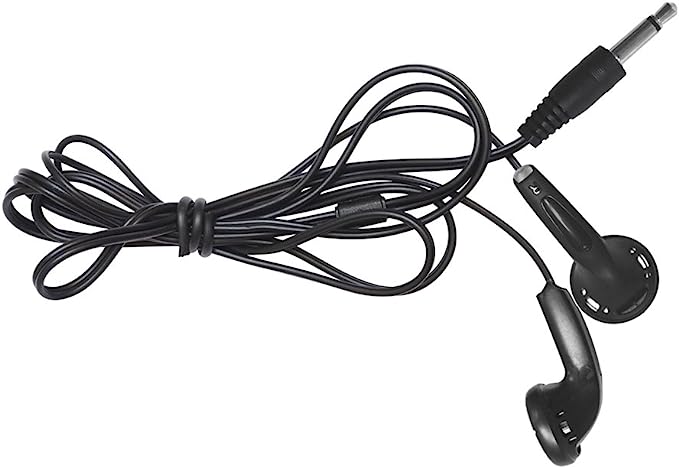Sony LinkBuds S: Immersive Sound and Smart Noise Canceling for Your Everyday Life
Update on March 7, 2025, 5:04 p.m.
The Symphony of Silence: Finding Focus in a Noisy World
Imagine this: you’re on a packed bus, the engine groaning, passengers chattering, and the city’s cacophony pressing in. You long for a moment of peace, a chance to escape into your favorite podcast or playlist. But the ambient noise is relentless. This is a scenario familiar to millions, a daily struggle against the auditory overload of modern life. But what if you could silence the world, or at least, shape it to your liking?
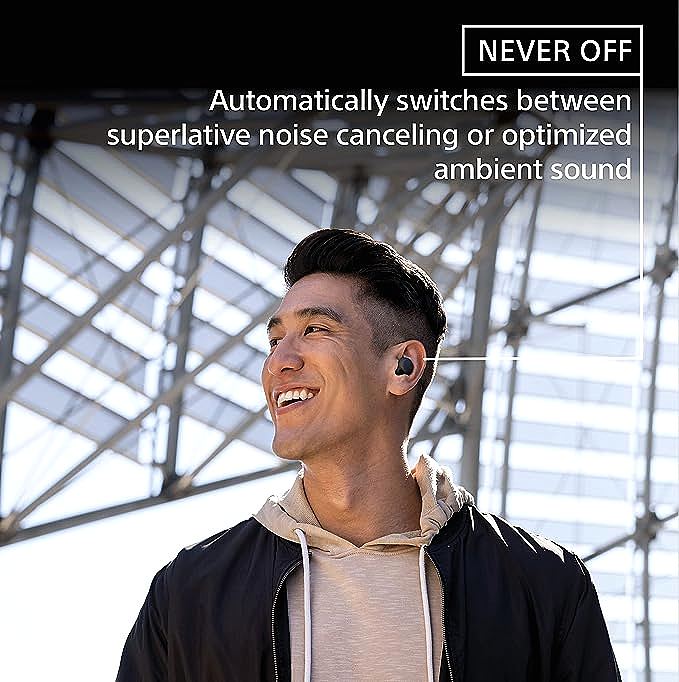
The Science of Sound (and Silence)
Before we dive into the technology that makes this possible, let’s touch on the basics. Sound is, fundamentally, vibration. When an object vibrates, it creates waves of pressure that travel through the air (or other mediums). These waves reach our ears, where they’re interpreted as sound. The frequency of these waves – how many times they vibrate per second – determines the pitch (high or low), while the amplitude – the intensity of the vibration – determines the loudness.
Meet the LinkBuds S: Your Personal Sound Sanctuary
The Sony LinkBuds S Truly Wireless Earbuds are more than just headphones; they’re sophisticated acoustic devices designed to give you control over your auditory environment. They achieve this through a combination of cutting-edge technologies, seamlessly integrated to deliver an immersive and personalized listening experience.

Active Noise Cancellation: A Deeper Dive
The star of the show is undoubtedly Active Noise Cancellation (ANC). It’s the technology that allows you to seemingly “mute” the outside world.
-
How ANC Works: Destructive Interference: The core principle behind ANC is destructive interference. Imagine two waves of equal size, but with one inverted. When these waves meet, they cancel each other out. ANC works similarly. The LinkBuds S use tiny microphones to “listen” to the ambient noise around you. Then, a specialized processor analyzes this noise and generates an “anti-noise” wave that’s precisely 180 degrees out of phase. When this anti-noise is played through the earbuds’ speakers, it effectively cancels out the incoming noise, creating a zone of quiet.
-
The V1 Processor: The Brains Behind the Silence: The effectiveness of ANC hinges on the speed and precision of the processing. This is where Sony’s Integrated Processor V1 shines. This chip is specifically designed for audio processing, handling both noise cancellation and high-quality sound reproduction. It analyzes the incoming noise with incredible accuracy and generates the anti-noise signal in real-time, adapting to changes in your environment. It does so by implementing a digital filter to remove the noise. This filter uses Fourier analysis. Fourier analysis is a mathematical technique that breaks down complex waveforms (like noise) into their constituent frequencies. By identifying the dominant frequencies of the noise, the V1 processor can create a filter that specifically targets and neutralizes those frequencies.
-
Beyond Basic ANC: Adaptive Sound Control: But the LinkBuds S don’t just offer a one-size-fits-all approach to noise cancellation. Adaptive Sound Control intelligently adjusts the level of noise cancellation based on your surroundings and activity. Are you walking down a busy street? The ANC will ramp up to block out traffic noise. Are you sitting in a quiet café? The ANC will relax, allowing you to hear some ambient sound without being overwhelmed. This is achieved through a combination of sensors and algorithms that analyze your environment and behavior.
Hear What Matters: Ambient Sound Mode Explained
Sometimes, you want to hear what’s going on around you. Perhaps you’re waiting for an announcement at the airport, or you need to be aware of traffic while cycling. This is where Ambient Sound Mode comes in.
-
Microphones: More Than Meets the Eye (Ear?): The same microphones that are used for ANC also play a crucial role in Ambient Sound Mode. However, instead of canceling out the external sound, they carefully capture it and blend it with your audio. This allows you to stay aware of your surroundings without having to remove your earbuds. The LinkBuds S utilize a technique called “beamforming” with its microphone array. Beamforming allows the microphones to focus on sounds coming from a specific direction, such as your voice during a call, while suppressing noise from other directions.
-
Speak-to-Chat and Quick Attention: Smart Listening: The LinkBuds S offer two additional features that enhance your awareness: Speak-to-Chat and Quick Attention. Speak-to-Chat automatically pauses your music and activates Ambient Sound Mode when it detects that you’re speaking. This is perfect for brief conversations without having to touch your earbuds. Quick Attention, on the other hand, allows you to instantly lower the volume and let in ambient sound by simply holding your hand over the left earbud. This is ideal for quick interactions, like ordering a coffee or listening to an announcement.
High-Fidelity Audio: Unveiling the Details
Of course, noise cancellation is only half the story. The LinkBuds S are also designed to deliver exceptional sound quality.
-
LDAC: The Key to Wireless Hi-Res: One of the key technologies that enables this is LDAC, Sony’s proprietary audio codec. When you stream music wirelessly via Bluetooth, the audio data needs to be compressed. Standard codecs like SBC and AAC can sometimes compromise audio quality. LDAC, however, can transmit up to three times more data than SBC, resulting in a richer, more detailed sound that’s closer to the original recording. Think of it like the difference between a low-resolution image and a high-resolution image – the higher the resolution, the more detail you can see (or in this case, hear).
-
DSEE Extreme: Upscaling Your Audio: Even if you’re listening to compressed audio files, the LinkBuds S can still enhance the sound quality. DSEE Extreme (Digital Sound Enhancement Engine) uses AI technology to upscale compressed audio files, restoring some of the detail and high-frequency information that’s often lost during compression.
-
A Custom Driver for Optimal Sound: At the heart of any headphone is the driver, the component that actually converts electrical signals into sound waves. The LinkBuds S feature a specially designed 5mm dynamic driver unit that’s both small and powerful, delivering clear highs and rich bass.

Designed for Comfort and Durability
Great sound and technology are useless if the earbuds are uncomfortable or impractical. The LinkBuds S excel in both areas.
-
Ergonomics: A Perfect Fit: These earbuds are incredibly small and light, weighing just around 4.8 grams each. They’re designed to fit snugly and securely in your ear, with four sizes of silicone ear tips included to ensure a perfect seal. This not only enhances comfort but also improves noise isolation, even before the ANC kicks in.
-
IPX4: Ready for Life’s Adventures: With an IPX4 water resistance rating, the LinkBuds S can withstand splashes and sweat, making them ideal for workouts or outdoor activities.
Seamless Connectivity and Control
The LinkBuds S are packed with features that make them easy and convenient to use.
-
Multipoint Connection: Simplifying Your Digital Life: You can connect the LinkBuds S to two devices simultaneously (e.g., your phone and laptop) and seamlessly switch between them (after a firmware update). This is incredibly useful if you frequently switch between listening to music on your phone and taking calls on your computer.
-
Voice Assistants: Hands-Free Convenience: With built-in Alexa and Google Assistant compatibility, you can control your music, get information, set reminders, and more, all with your voice.
-
The Sony Headphones Connect App: Your Audio Control Center: The companion app (available for iOS and Android) gives you complete control over your LinkBuds S. You can customize the EQ settings, adjust the level of noise cancellation and ambient sound, personalize the touch controls, update the firmware, and more.
The Future of Sound
The Sony LinkBuds S represent a significant step forward in wireless earbud technology. They demonstrate how sophisticated acoustic engineering and intelligent software can combine to create a truly personalized and immersive listening experience. As technology continues to evolve, we can expect even more advancements in noise cancellation, sound quality, and smart features, further blurring the lines between the real world and the world of sound.
Extending information
Here are some additional tips for maintaining and making the most of your Sony LinkBuds S:
- Keep them clean: Regularly clean your earbuds and ear tips with a soft, dry cloth.
- Store them properly: When not in use, store your earbuds in the charging case to protect them and keep them charged.
- Update the firmware: Regularly check for firmware updates in the Sony Headphones Connect app to ensure you have the latest features and performance improvements.
- Experiment with the EQ: Use the equalizer in the app to customize the sound to your liking.
- Consider using foam tips: If you will use in noisy environment, using foam tips improve noise isolation. While the included silicone tips are comfortable and provide a good seal for most people, foam tips can often conform even better to the shape of your ear canal, creating a tighter seal that blocks out more noise, particularly in the higher frequencies.
Exploring the Science of Psychoacoustics
The LinkBuds S, and indeed all noise-canceling headphones, don’t just rely on physics; they also leverage the principles of psychoacoustics. Psychoacoustics is the study of how humans perceive sound. It’s not just about the physical properties of sound waves, but also about how our brains interpret those waves.
For example, our ears are more sensitive to certain frequencies than others. We’re particularly sensitive to sounds in the range of human speech (around 2-5 kHz). Noise-canceling headphones often take this into account, targeting their noise reduction efforts on those frequencies where we’re most sensitive to noise.
Another psychoacoustic principle is masking. This is where a louder sound makes it difficult or impossible to hear a quieter sound, even if the quieter sound is still present. ANC can reduce the level of background noise to the point where it’s no longer masking the sounds you want to hear, like your music or a podcast.
The Environmental Impact of Electronics (and What Sony is Doing)
It’s important to acknowledge the environmental impact of consumer electronics. The production of headphones, like any electronic device, requires resources and energy, and the disposal of old electronics can create e-waste.
Sony, like many other manufacturers, is taking steps to address these concerns. The packaging for the LinkBuds S, for instance, is made from recycled materials. Companies are also increasingly exploring the use of more sustainable materials in their products and working to improve the recyclability of their devices. While it’s not specifically mentioned for the LinkBuds S, looking at Sony’s broader sustainability initiatives suggests a commitment to reducing environmental footprint. This could be an area for future improvement – explicitly highlighting any eco-friendly materials or manufacturing processes used in the LinkBuds S themselves.
Beyond Music: Other Applications of Noise-Canceling Technology
While we’ve focused primarily on music and personal listening, noise-canceling technology has a wide range of applications beyond entertainment.
- Hearing Protection: In noisy work environments, such as construction sites or factories, noise-canceling headphones (or specialized earplugs) can help protect workers’ hearing.
- Sensory Sensitivity: Individuals with sensory sensitivities, such as those with autism, can find noise-canceling headphones helpful in managing overwhelming auditory environments.
- Focus and Concentration: Students and professionals alike can use noise-canceling headphones to create a quieter workspace, improving focus and concentration.
- Travel: As we’ve discussed, noise-canceling headphones are a traveler’s best friend, reducing the drone of airplane engines and the chatter of fellow passengers.
- Gaming: Immersive Sound.
The Evolution of Noise Cancellation:
The roots of active noise cancellation can be traced back to the 1930s, with the first patent for an active noise control system being filed by Paul Lueg. However, the technology remained largely theoretical for several decades due to the limitations of analog electronics. The development of digital signal processing (DSP) in the latter half of the 20th century was a crucial breakthrough, making real-time noise cancellation possible.
Early noise-canceling headphones were bulky and expensive, primarily used in aviation. Over time, the technology has become smaller, more affordable, and more effective, leading to the widespread adoption of noise-canceling earbuds like the LinkBuds S.
Troubleshooting Common Issues
While the LinkBuds S are generally reliable, here are a few troubleshooting tips for common issues:
- Poor Noise Cancellation: Make sure you have a good seal with the ear tips. Try different sizes to find the best fit. Also, ensure that ANC is actually turned on in the app.
- Connection Problems: Make sure Bluetooth is enabled on your device and that the earbuds are within range. Try restarting both your device and the earbuds.
- Sound Only in One Earbud: Check the balance settings on your device. If the problem persists, try resetting the earbuds to their factory settings (refer to the user manual for instructions).
- Short Battery Life: Using LDAC and high levels of noise cancellation will drain the battery faster. Try using a lower bitrate codec (like AAC) or reducing the level of ANC if you need longer battery life.
A Final Note: Listening Responsibly
While the LinkBuds S offer an incredible listening experience, it’s important to use them responsibly. Listening to music at high volumes for extended periods can damage your hearing. Be mindful of your volume levels and take breaks to give your ears a rest. The ability to control our auditory environment is a powerful tool, but like any tool, it should be used wisely.
The combination of miniature form factor, powerful noise cancelling, and Sony’s audio expertise makes the LinkBuds S a leader in a rapidly evolving segment of personal audio.
